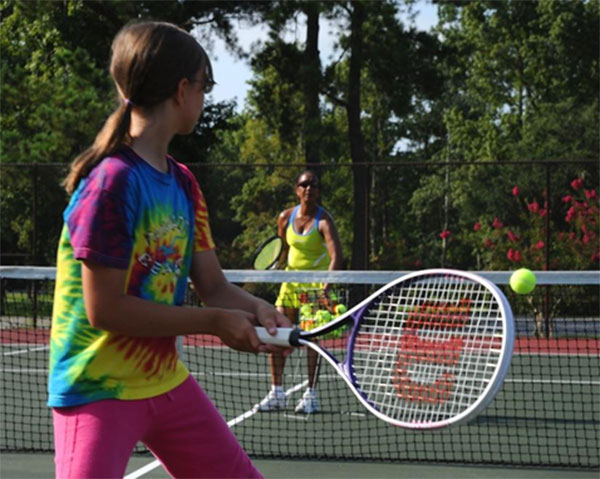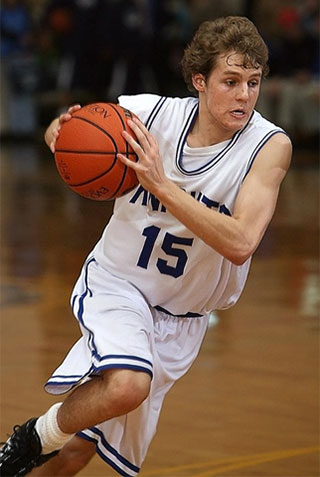
Arthroscopic Bankart repair (ABR) is a common surgical approach for addressing anterior glenohumeral instability (GHI) in adolescent athletes. However, this population is notably susceptible to recurrent shoulder instability, often necessitating further intervention. This article, written by colleagues of Dr. Okoroha delves into a 20-year study examining 488 adolescent patients who underwent ABR, focusing on identifying key risk factors that predispose them to subsequent recurrent instability requiring revision stabilization surgery (RSS). By analyzing variables such as preoperative dislocations, the presence of Hill-Sachs lesions, age, and participation in contact sports, this research aims to enhance surgical decision-making and ultimately improve outcomes for this high-risk group. The findings highlight critical prognostic factors that could guide clinicians in predicting and managing recurrent GHI, thus minimizing the need for additional surgical interventions in adolescent patients.
Study Highlights:
Patient Demographics: Includes 488 patients 12-21 years old who had undergone ABR for anterior GHI between 2000 and 2020.
17.6% of patients (86/488) underwent subsequent revision shoulder surgery for recurrent shoulder instability. There was an increased risk of needing revision surgery as time from initial surgery increased.
Positive Outcomes: Adolescents with only 1 shoulder dislocation before surgery had a 3.2% incidence of recurrent surgery.
Adolescents with 2 dislocations prior to surgery were 7.4 times more likely to need revision surgery and those with 3 or more dislocations were 10.9 more likely.
Conclusion
This study demonstrates the number of shoulder dislocations an adolescent experiences prior to their initial surgery is a significant predictor of the likelihood of requiring additional surgery. Specifically, having two or more dislocations before surgery greatly increases the risk of recurrent shoulder instability. Other important risk factors include the presence of specific shoulder injuries, younger age, and participation in contact sports. Recognizing these risks allows healthcare providers to make more informed treatment decisions, potentially reducing the need for future surgical interventions. Patients who experience shoulder instability should be evaluated by and orthopedic surgeon urgently for treatment options.

At Mayo Clinic, located in Minneapolis, Minnesota, we are committed to providing personalized care and innovative treatments to help athletes reach their full potential. To learn more about shoulder instability, shoulder labral tears, and shoulder labral repair, schedule a consultation with Dr. Okoroha today. Seeing patients from Minneapolis, St. Paul, Plymouth, Edina, Minnetonka, Rochester, and Minnesota ensures that athletes receive specialized care aimed at maximizing their athletic performance and long-term shoulder health.










